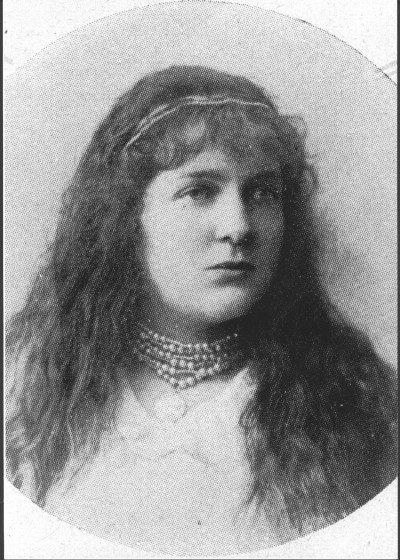Delmira Agustini (Delmira Agustini)

Born in Montevideo, the daughter of Italian immigrants, Agustini was a precocious child. In addition to beginning to write poetry when she was 10 years old, she studied French, music and painting. She wrote for the magazine La Alborada (The Dawn). She formed part of the Generation of 1900, along with Julio Herrera y Reissig, Leopoldo Lugones and Rubén Darío, whom she considered her teacher. Darío compared Agustini to Teresa of Ávila, stating that Agustini was the only woman writer since the saint to express herself as a woman.
She specialized in the topic of female sexuality during a time when the literary world was dominated by men. Agustini’s writing style is best classified in the first phase of modernism, with themes based on fantasy and exotic subjects. Eros, god of love, symbolizes eroticism and is the inspiration to Agustini’s poems about carnal pleasures. Eros is the protagonist in many of Agustini’s literary works. She even dedicated her third book to him titled Los Cálices Vacíos (Empty Chalices) in 1913, which was acclaimed as her entrance into to a new literary movement, “La Vanguardia” (The Vanguard). Agustini was blue eyed, white and a slender figure. Some might have testified that she looked like an innocent angel. The daughter of a distinguished family, Agustini had all that she needed and was at the same time indulged. This unconditional and overbearing love led her to themes of submission and charm as well as spiritualized erotic imagery. She married Enrique Job Reyes on August 14, 1913 but left him a month later. Their divorce was finalized on June 5, 1914. A month after that, Reyes fatally shot Agustini twice in the head and afterwards committed suicide. She died in her house in Montevideo, Uruguay. She is buried in the Central Cemetery of Montevideo.
Born
- October, 24, 1886
- Uruguay, Montevideo
Died
- July, 06, 1914
- Uruguay, Montevideo
Cause of Death
- fatally shot twice in the head
Cemetery
- Central Cemetery
- Montevideo, Uruguay

